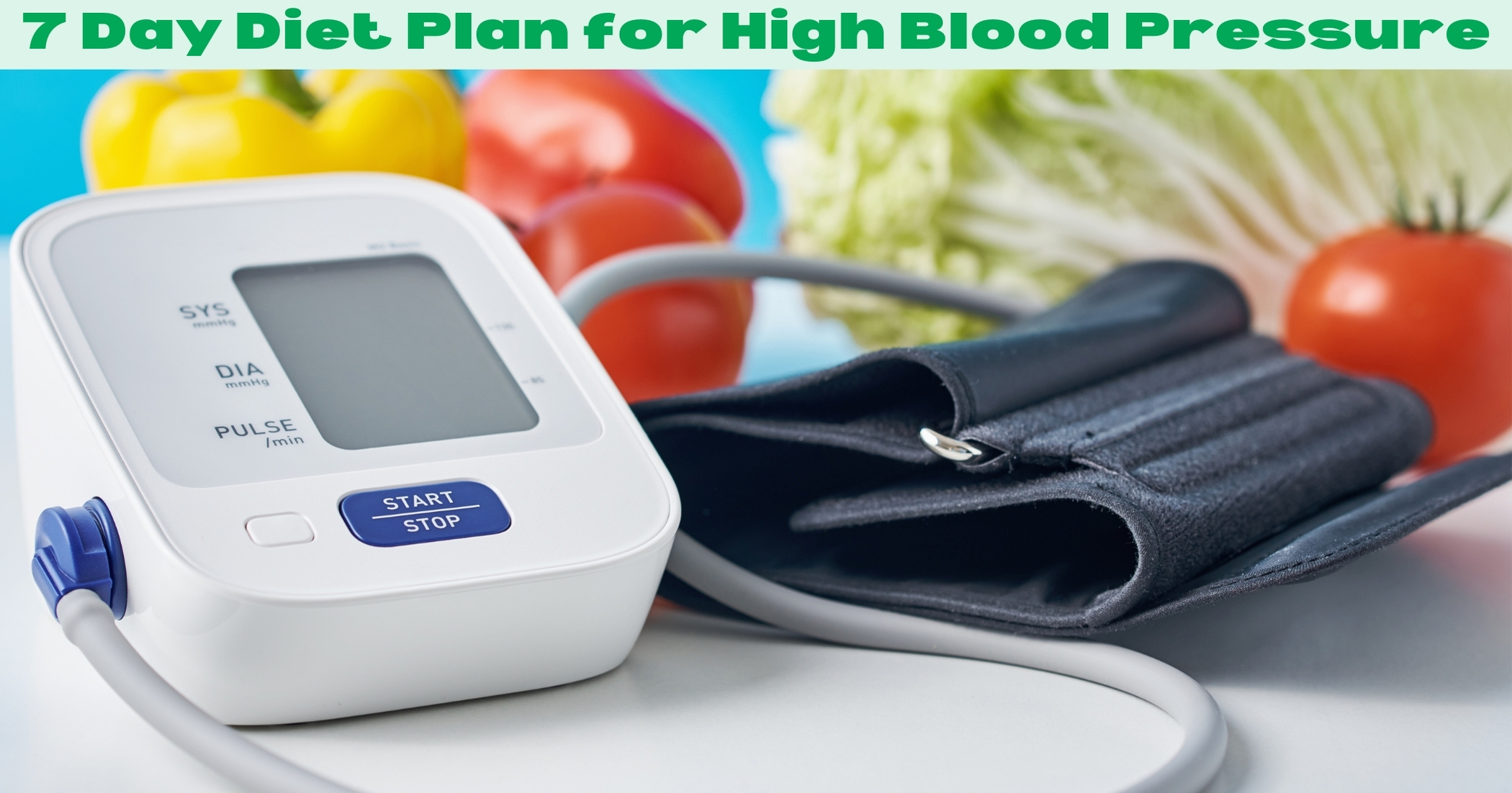Have you ever experienced a sharp twinge or dull ache on the side of your breast, leaving you wondering about the cause and how to find relief? If so, you’re not alone. In this guide, we’ll dive deep into the world of ”Breast Pain on the Side of Breast”, unraveling the mysteries surrounding its causes, symptoms, and treatment options. So, let’s embark on this journey together and shed light on this common but often misunderstood issue.
Table of Contents
ToggleUnderstanding Side Breast Pain: Anatomy and Overview
Picture this: You’re going about your day when suddenly, a sharp pain shoots through the side of your breast, causing you to wince in discomfort. You try to ignore it, hoping it’s just a passing sensation, but the pain persists, leaving you feeling anxious and unsettled. You’re unsure what’s causing it or what to do about it. Sound familiar? If it does, you’re not alone. Many individuals experience breast pain on the side of their breast, and finding answers can be a daunting task.
In our quest to understand breast pain on the side of breast, let’s start by exploring its anatomy and overview. The breast is a complex structure composed of glandular tissue, ducts, fat, and connective tissue, all of which can contribute to discomfort when irritated or inflamed.
Now, let’s delve into the possible causes of breast pain on the side. While it can be alarming, it’s often benign and can be attributed to factors such as hormonal fluctuations, muscle strain, injury, or mild breast conditions like fibroadenomas or cysts. However, it’s essential to rule out more serious conditions like breast cancer through proper evaluation and diagnosis by a healthcare professional.
Next, let’s explore the symptoms associated with breast pain on the side. These may include sharp or stabbing pain, tenderness, swelling, or changes in breast texture. Understanding these symptoms can help guide further evaluation and treatment.
When it comes to treatment options, they vary depending on the underlying cause. For hormonal fluctuations, pain management techniques and hormonal therapy may provide relief. For musculoskeletal issues, physical therapy or massage can help alleviate discomfort. In cases of benign breast conditions, monitoring or surgical intervention may be necessary.
In conclusion, breast pain on the side of the breast is a common concern that can have various causes and treatments. By understanding its anatomy, causes, symptoms, and treatment options, you can confidently navigate this issue and seek appropriate care when needed.
Remember, you don’t have to face breast pain alone. With the support of healthcare professionals and a better understanding of your body, you can find relief and peace of mind.
Identifying Causes: What Triggers Pain in the Side of the Breast

Understanding the causes of breast pain is crucial for effective management and treatment. Let’s delve into some common triggers:
- Hormonal Fluctuations:
- One of the primary culprits behind side breast pain is hormonal changes. Estrogen and progesterone fluctuations throughout the menstrual cycle, pregnancy, and menopause can lead to breast tenderness and discomfort. During menstruation, estrogen levels rise, causing breast ducts to enlarge and potentially resulting in pain. Similarly, hormonal changes during pregnancy and menopause can also contribute to breast discomfort.
- Fibrocystic Breast Changes:
- Another common cause of side breast pain is fibrocystic breast changes. This condition involves the development of noncancerous breast lumps and cysts, which can cause tenderness and discomfort, particularly before menstruation.
- Breast Trauma or Injury:
- Trauma or injury to the breast, such as a blow or impact, can lead to localized pain, including pain on the side of the breast. It’s essential to seek medical attention if you experience any significant trauma to the breast to rule out any underlying injuries.
- Breast Infections:
- Infections such as mastitis, an inflammation of breast tissue often caused by bacterial infection, can also lead to breast pain. While mastitis typically presents with redness, warmth, swelling, and pain, it’s essential to consult a healthcare professional for proper diagnosis and treatment.
Now that we’ve explored some potential causes of side breast pain let’s move on to recognizing the signs and symptoms associated with this condition.
Signs and Symptoms: Recognizing Side Breast Pain
Identifying the signs and symptoms of side breast pain is essential for prompt diagnosis and treatment. Here’s what to look out for:
- Localized Discomfort:
- Side breast pain typically manifests as a localized discomfort or tenderness on one or both sides of the breast. The pain may vary in intensity, ranging from mild to severe, and may be intermittent or persistent.
- Swelling or Lumps:
- In some cases, side breast pain may be accompanied by swelling or the presence of palpable lumps or masses in the breast tissue. These lumps may feel tender to the touch and vary in size and consistency.
- Changes in Breast Texture:
- You may notice changes in the texture of the breast tissue, such as areas that feel thicker or denser than usual. These changes may be indicative of underlying conditions such as fibrocystic breast changes or breast cysts.
- Nipple Changes:
- Changes in the appearance or texture of the nipples, such as inversion or discharge, may also accompany side breast pain. It’s essential to monitor any changes in nipple appearance and consult a healthcare professional if you notice any abnormalities.
By paying attention to these signs and symptoms, you can take proactive steps to address side breast pain and seek appropriate medical care when needed.
Diagnostic Procedures: Investigating the Root of the Pain

When experiencing side breast pain, undergoing diagnostic procedures is essential to identify the underlying cause. Here are some standard diagnostic methods:
- Clinical Breast Examination (CBE):
- A healthcare provider conducts a thorough physical examination of the breasts to assess for any abnormalities, lumps, or changes in texture. CBE is a non-invasive method that can provide valuable insights into the nature of the pain.
- Imaging Tests:
- Imaging tests such as mammography, ultrasound, or magnetic resonance imaging (MRI) may be recommended to visualize the internal structures of the breast and identify any abnormalities, such as cysts or tumors. These tests help healthcare professionals assess the extent of the condition and determine the appropriate course of treatment.
- Biopsy:
- In some cases, a biopsy may be performed to obtain a tissue sample from the breast for further analysis. This procedure involves removing a small portion of the breast tissue and examining it under a microscope to detect any abnormal cells or signs of cancer.
- Hormone Tests:
- Hormone testing may be conducted to measure levels of estrogen, progesterone, and other hormones in the body, particularly if hormonal fluctuations are suspected to be contributing to breast pain.
By undergoing these diagnostic procedures, individuals can gain a better understanding of the underlying cause of side breast pain and work with their healthcare providers to develop an appropriate treatment plan.
Now that we’ve explored the diagnostic process let’s discuss various treatment approaches for managing side breast pain effectively.
Treatment Approaches: Managing Side Breast Pain Effectively
Managing side breast pain requires a comprehensive approach that addresses the underlying cause and alleviates discomfort. Here are some treatment options:
- Pain Management:
- Over-the-counter pain relievers such as ibuprofen or acetaminophen may help alleviate mild to moderate breast pain. However, it’s essential to consult with a healthcare professional before taking any medication, especially if you have underlying health conditions or are taking other medications.
- Hormonal Therapy:
- For individuals experiencing breast pain due to hormonal fluctuations, hormonal therapy may be recommended. This may include hormonal contraceptives to regulate menstrual cycles or hormone replacement therapy for menopausal symptoms.
- Lifestyle Modifications:
- Making lifestyle changes can also help manage side breast pain. This may include wearing a well-fitted supportive bra, practicing stress-reduction techniques such as yoga or meditation, and maintaining a healthy diet and regular exercise routine.
- Alternative Therapies:
- Some individuals find relief from side breast pain through alternative therapies such as acupuncture, massage therapy, or herbal supplements. However, consulting with a qualified healthcare professional before trying alternative treatments is essential.
By exploring these treatment approaches and working closely with their healthcare providers, individuals can effectively manage side breast pain and improve their quality of life.
Moving from treatment approaches, let’s discuss practical lifestyle adjustments that can help alleviate discomfort associated with side breast pain.
Medications and Therapies: Medical Interventions for Relief
In addition to lifestyle modifications, various medical interventions can help alleviate side breast pain. Here are some options to consider:
- Nonsteroidal Anti-Inflammatory Drugs (NSAIDs):
- NSAIDs such as ibuprofen or naproxen can help reduce inflammation and alleviate breast pain. These medications are available over the counter and can effectively relieve mild to moderate pain.
- Hormone Therapy:
- For individuals experiencing side breast pain due to hormonal fluctuations, hormone therapy may be recommended. This may include hormonal contraceptives to regulate menstrual cycles or hormone replacement therapy for menopausal symptoms.
- Danazol:
- Danazol, a synthetic hormone, is effective in reducing breast pain associated with fibrocystic breast changes. However, it may cause side effects such as weight gain, acne, and mood changes, so it’s essential to discuss the risks and benefits with your healthcare provider.
- Selective Estrogen Receptor Modulators (SERMs):
- SERMs such as tamoxifen or raloxifene may be prescribed for individuals with severe breast pain or those at high risk of breast cancer. These medications work by blocking the effects of estrogen on breast tissue and can help alleviate pain and reduce the risk of breast cancer.
- Corticosteroid Injections:
- In some cases, corticosteroid injections may be administered directly into the breast tissue to reduce inflammation and alleviate pain. This treatment option is typically reserved for individuals with severe, localized breast pain that does not respond to other therapies.
- Surgery:
- In rare cases where side breast pain is severe and unresponsive to other treatments, surgery may be considered as a last resort. Procedures such as breast reduction surgery or removal of breast cysts or fibroadenomas may be performed to alleviate pain and discomfort.
By exploring these medical interventions and working closely with your healthcare provider, you can find relief from side breast pain and improve your quality of life.
Preventive Measures: Strategies to Minimize Recurrence

To prevent the recurrence of side breast pain, it’s essential to adopt proactive strategies. Here’s what you can do:
Regular Breast Self-Exams:
Please make it a habit to perform monthly breast self-exams to detect any changes early on. This can help you promptly identify abnormalities and seek medical advice if necessary.
Maintain a Healthy Weight:
Obesity or being overweight can increase the risk of breast-related issues, including side breast pain. Aim to maintain a healthy weight through a balanced diet and regular exercise.
Limit Caffeine and Alcohol:
Both caffeine and alcohol consumption have been linked to increased breast pain. Consider reducing your intake of these substances to see if it helps minimize symptoms.
Avoid Tight Clothing:
Tight clothing, particularly bras with underwire, can constrict blood flow and increase breast pain. Opt for comfortable, well-fitting clothing to minimize pressure on the breasts.
Stay Hydrated:
Drinking plenty of water helps maintain breast tissue hydration and may reduce the severity of breast pain. Aim to drink at least eight glasses of water a day.
Follow a Healthy Diet:
Incorporate anti-inflammatory foods such as fruits, vegetables, whole grains, and fatty fish into your diet. These foods can help reduce inflammation and alleviate breast pain.
By implementing these preventive measures into your lifestyle, you can minimize the recurrence of side breast pain and promote overall breast health.
Support and Coping Strategies: Navigating Side Breast Pain with Ease
Dealing with side breast pain can be challenging, but there are strategies to help you cope:
Seek Support:
Contact friends, family, or support groups for understanding and empathy. Sharing your experiences with others who have gone through similar challenges can provide comfort and reassurance.
Stay Informed:
Please educate yourself about side breast pain and its management. Understanding your condition can help you feel more empowered and better equipped to deal with it.
Practice Self-Care:
Make time for activities that help you relax and unwind. Whether taking a warm bath, practicing mindfulness, or engaging in a hobby, prioritize self-care to reduce stress and improve well-being.
Manage Stress:
Find healthy ways to cope with stress, such as exercise, meditation, or deep breathing exercises. Managing stress can help alleviate tension in the body and reduce the severity of breast pain.
Communicate with Your Healthcare Provider:
Keep your healthcare provider informed about your symptoms and concerns. They can offer guidance, support, and adjustments to your treatment plan.
Focus on Positivity:
Maintain a positive outlook and focus on what brings you joy and fulfillment. Surround yourself with positivity and affirmations to help you cope with the challenges of side breast pain.
By incorporating these support and coping strategies into your daily life, you can navigate side breast pain with greater ease and resilience.









